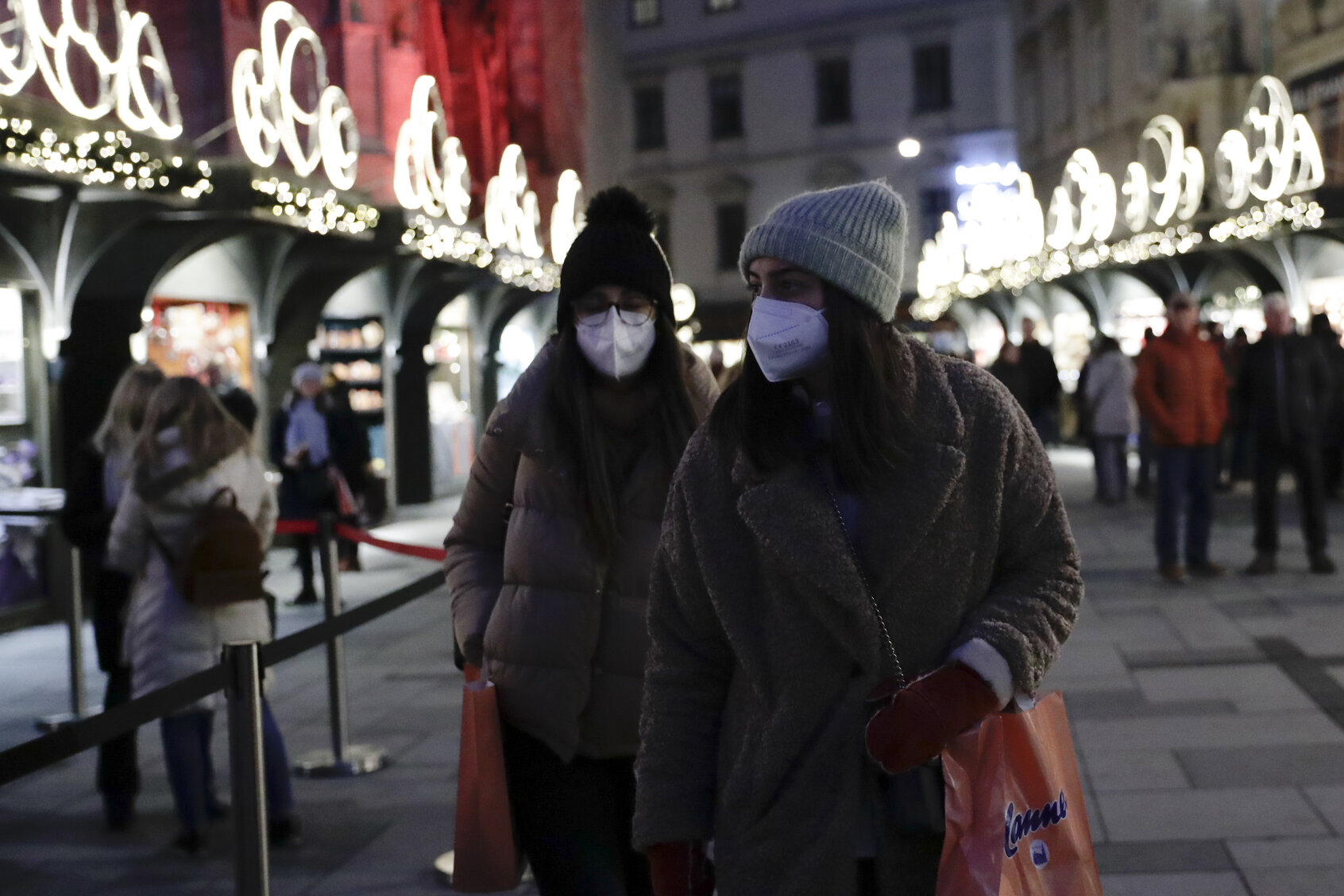Although Austria and Slovakia implemented lockdowns and Czechia decided not to, COVID-19 case numbers and deaths have risen and fallen in more or less the same trajectory in all three countries.
The data graphs appear to show that introducing strict lockdowns in Austria and Slovakia did not have a significant impact on the course of the epidemic. This follows from a comparison with the Czech Republic, which did not tighten the measures more significantly during the latest wave of the epidemic.
Austria introduced the three-week lockdown as the first country in Europe on Nov. 22, at the time of the latest wave of the epidemic. The seven-day average of new occurrences of disease at that time was 1,562 cases per million inhabitants.
Just three days later, the trend in the country reversed. New infections began to decline. The seven-day average is now slightly over 415.
In Slovakia, they introduced a two-week lockdown a few days later, specifically on Nov. 25. The disease, which reached 2,044 per million inhabitants, first began to subside a week later. Now, the seven-day average of newly infected is 1,239 per million inhabitants.
In the Czech Republic, where the government has not yet decided on another blanket closure, the seven-day average of the number of newly infected was the highest on Nov. 28. Then the number started to decline slowly and with fluctuations, now it is falling faster.
A comparison of the development of the number of new cases, but also of deaths, does not show that the epidemic in Austria and Slovakia is moving in a different direction than in the Czech Republic, which has not yet introduced a full lockdown.





